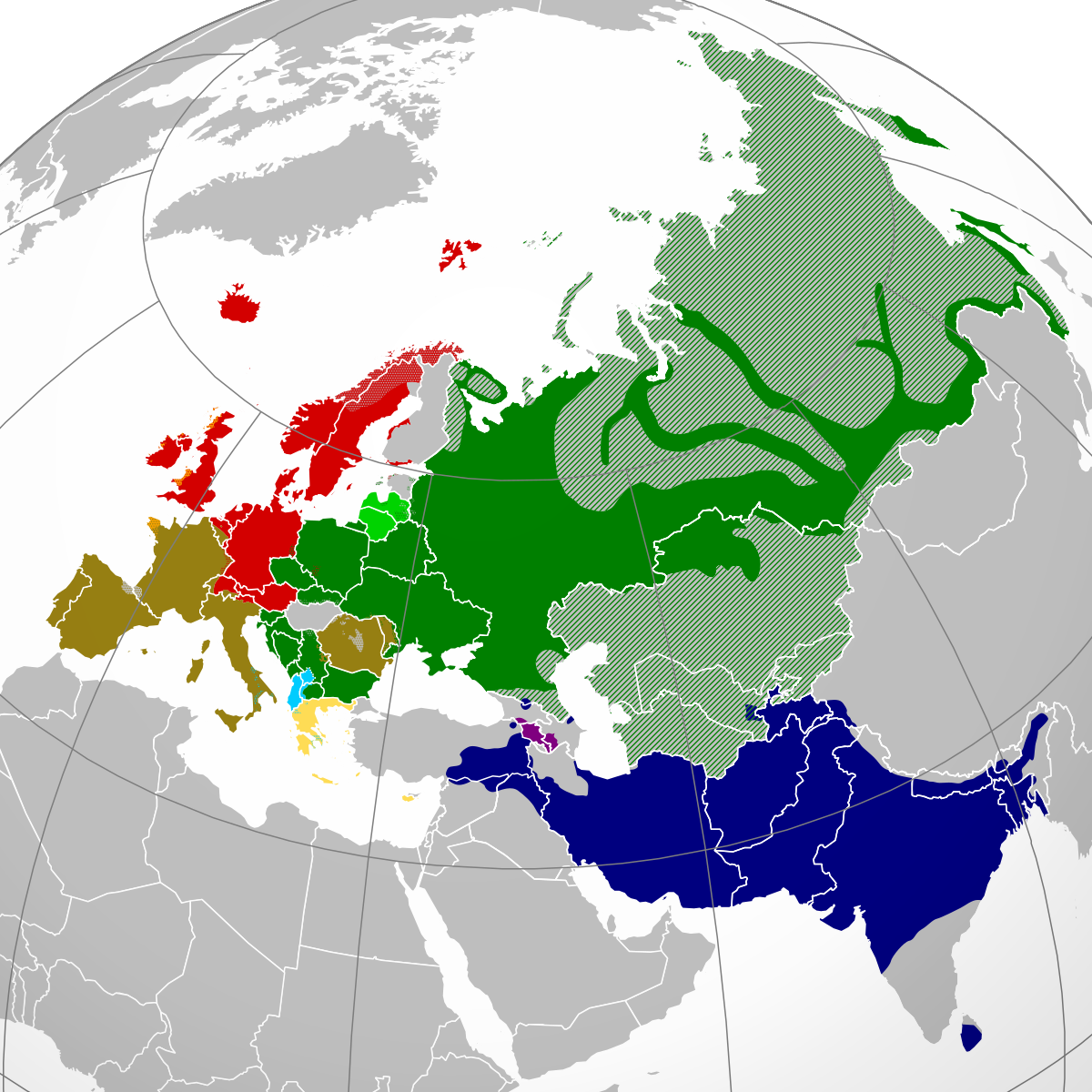The Indo-European peoples are a term for the people who speak the Indo-European language and are descendants (linguists) of the peoples of the civilization in Ukraine and southern Russia and settled in the region between western Europe and India through multiple migrations in the first, second and third millennium BC.
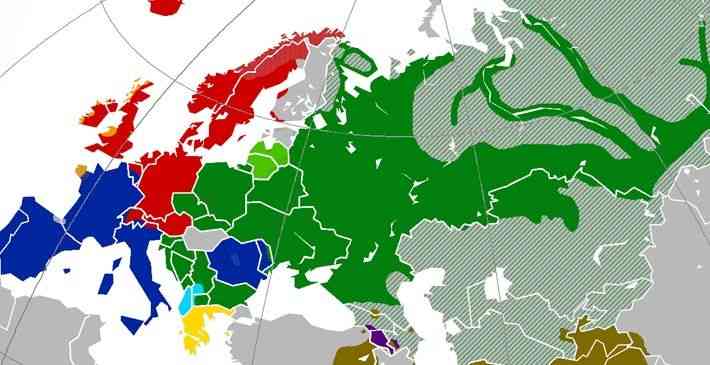
The origin of the Indo-European peoples :
There are two theories that talk about the origin of these peoples, where the first theory is that the first Indo-Europeans entered eastern southern Europe from the Pontic steppes starting from the year 4500 BC and spread from there, while the other theory balanced between the Indo-European peoples and the first peasants who entered eastern south Europe came from Asia Minor in the year 7000 BC and spread to the continent, but after doing a lot of research related to matrix of genetic spacing, neither of the two theories could explain the origin of Indo-European peoples based on the scale of the relationship between language and genetics.
The original home of Indo-Europeans :
The first thing that the researchers needed to know is the nature of the original homeland of these Indo-European peoples, so they started studying the common vocabulary of the Indo-European languages, as these languages possessed the same names of trees and animals, which gave the researchers information about the plant and animal environment of the original homeland, despite the presence of many animal and plant names Widespread in the ground as bears, eagles, apples and oaks; However, the presence of certain species such as otters and beavers referred to extensive forests and wetlands, which excluded large parts of Eurasia (Eurasian region), and some words such as “king”, “chariot” and “plow” were important as they helped archaeologists In finding cemeteries for the elite folk, agricultural vehicles and tools.
Researchers began to find the original home with several wrong attempts, but the continuous collection of information on the one hand and the growing understanding of the development of languages on the other hand helped to prove the error of some theories, for example, linguists discovered that languages do not develop very quickly or very slowly which helped to exclude Theories previously assumed a slow or unusual shift in language.
The assumption that gained confidence emerged in the late twentieth century, which is the Kurgan hypothesis, which is based on the fact that the first Indo-European speakers belonged to the civilization, and they were farmers and herders who buried their leaders in the graves and tamed the horses that helped them to travel long distances.
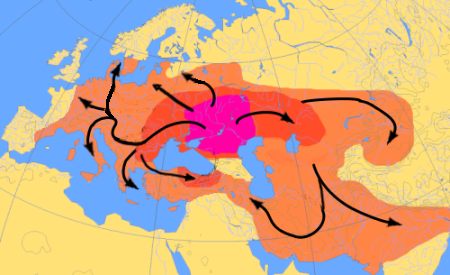
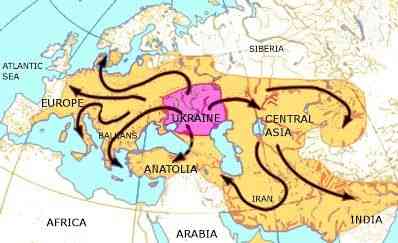
Languages of Indo-European peoples :
There is a wide linguistic family that is spoken by most of the peoples of Europe and the regions of European stability and most of southern and southwestern Asia, while the term Hindus-Hittites is used by researchers who believe that the Hittite and other Anatolian languages are not only a branch of the Indo-European languages but were connected with the rest of these languages Taken together, the Hindu-Hathi language is a term given to a linguistic family made up of Indo-European and Anatolian languages, but this point of view has not been proven or denied, so the term Indo-Europeans remains more appropriate.
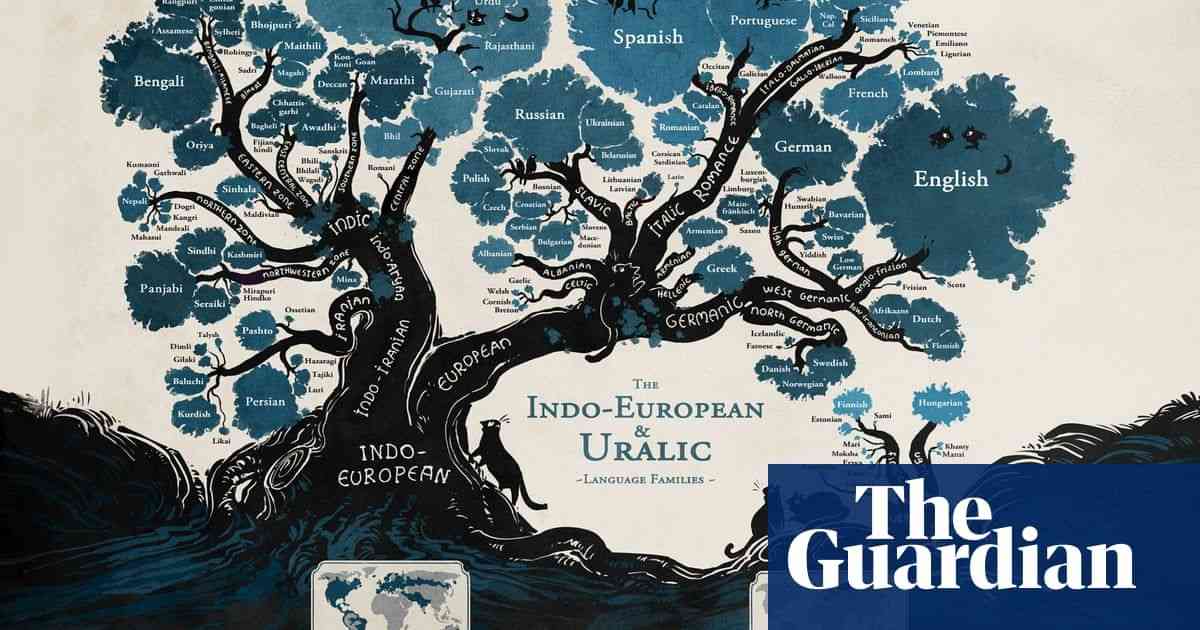
There are ten main languages in this language family and we will list them in order according to the age of their large texts:
- The language of Anatolia
Now extinct, Anatolian languages were spoken during the first and second centuries BC in Turkey and North Asia today. By far the Anatolian language was the most well known being the Hittites, that is, the official language of the Hittite Empire, which flourished in the second millennium.
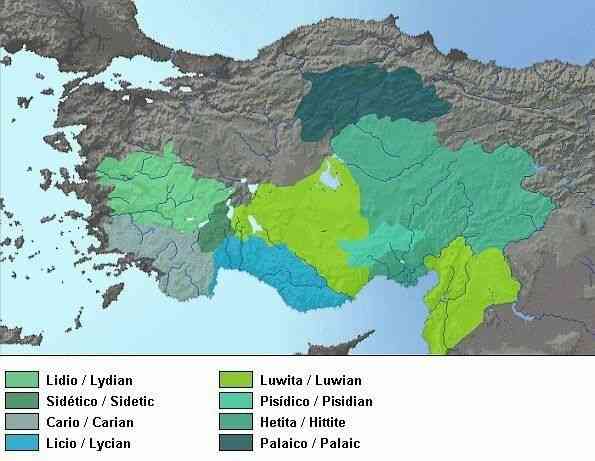
Very few Hittite texts were known before 1906, and their interpretation as Indo-European generally was not accepted until after 1915; One of the major developments in Indo-European studies in the twentieth century was the incorporation of Hittite data into the Indo-European comparison rules. The earliest Hittite texts date back to the seventeenth century BC, and later than about 1200 BC.
2. Indo-Iranian
Indo-Iranian includes two main branches, Indo-Aryan (Hindi) and Iranian, Indo-Aryan languages are spoken in what is now northern and central India and Pakistan since before 1000 BC, regardless of the widely unknown dialect that occurred in or near northern Iraq during The second millennium BC, the earliest record of the Indo-Aryan language is the Vedic Sanskrit, the oldest sacred book in India, dating back around 1000 BC, examples from modern Indo-Aryan languages are Hindi, Bengali, Sinhalese (spoken in Sri Lanka), And many Romanian dialects, the Roma language.
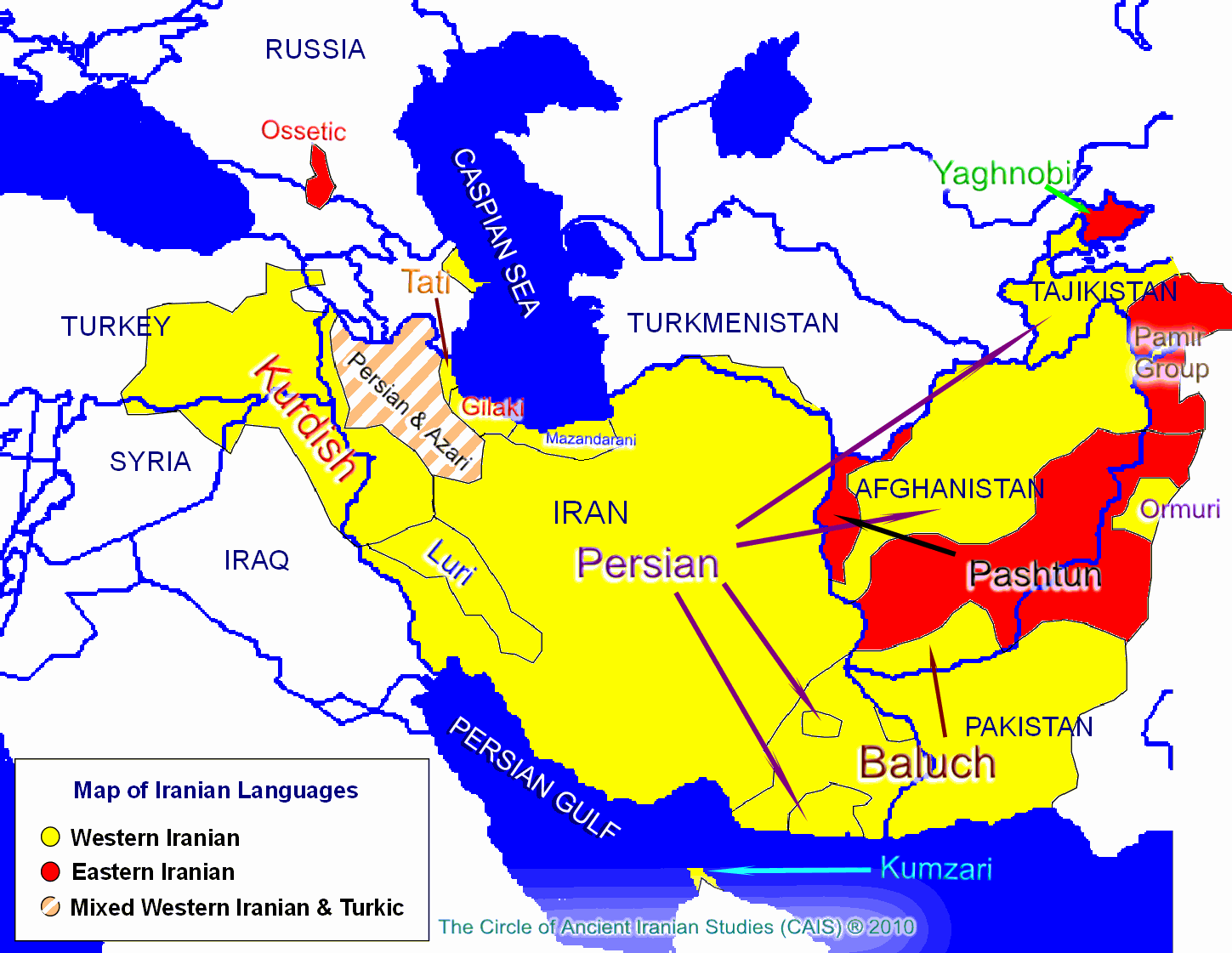
Iranian languages were used in the first millennium BC in present-day Iran and Afghanistan and also in the steppe from the north, from modern Hungary to East Turkestan (Chinese) (now Xinjiang),the only known ancient varieties of Iranian languages are Avestan, and the sacred language of Zoroastrians (Parsis), Ancient Persian, the official language of Darius I (reigned 522--486 BC) and Xerxes I (486--465 BC) and their successors, among the modern Iranian languages are Persian, Pashto (Afghan), Kurdish, and Ossetian.
3. Greek language
Greek, despite its many dialects, has been the same language throughout its history, and it has been spoken in Greece since at least 1600 BC, and in all likelihood, since the end of the third millennium BC, the earliest texts are Linear B discs, which may be due Some date as far back as 1400 BC (controversial history) and others certainly go back to 1200 BC.
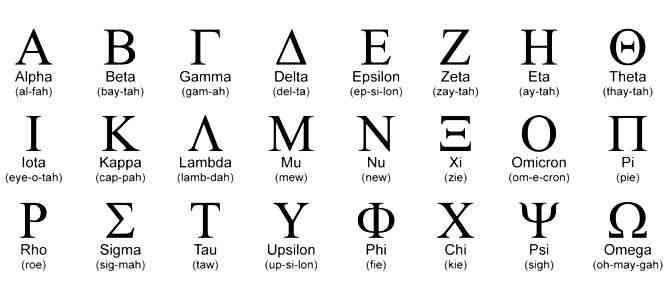
This article, very clear and difficult to interpret, was not defined as Greek until 1952. The epics of Homer - The Iliad and Odyssey - dating back to the eighth century BC - are the oldest texts of any group.
4. Italic Language
It is the main language of the Italian group is Latin, originally the speech of the city of Rome and the origin of modern romantic languages: Italian, Romanian, Spanish, Portuguese, French, and so on, and the earliest Latin writings date back to the sixth century BC, where literature began in the third century , Scholars do not agree with the number of other ancient languages of Italy and Sicily in the same branch as the Latin language.
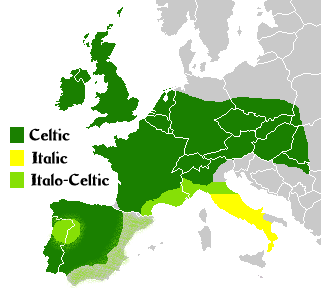
5. German language
In the middle of the first millennium BC, Germanic tribes lived in southern Scandinavia and northern Germany, expansions and migrations from the second century B.C. are largely recorded in history, the oldest known Germanic language is the Gothic language in the fourth century AD, other languages include English German, Dutch, Danish, Swedish, Norwegian, and Icelandic.
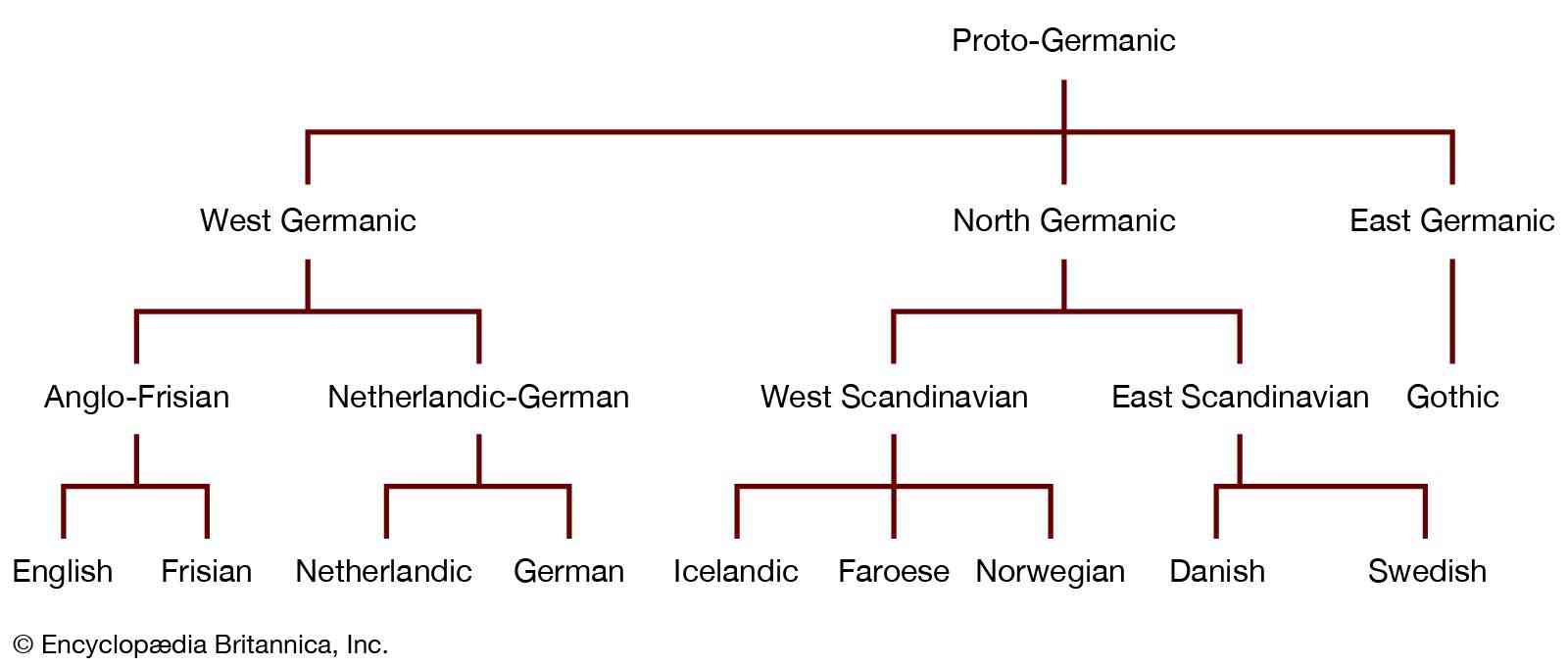
6. Armenian language
Armenian, like Greek, is a single language. Armenian speakers are recorded in what is now eastern Turkey and Armenia since the sixth century BC, but the oldest Armenian texts go back to the fifth century AD.
7. Tocharian language
The Tocharian languages, which are now extinct, were used in the Tarim Basin (in present-day northwest China) during the first millennium, two distinct languages are known, named A (East Tocharian, or Turfanyan) and B (Western Tocharian, or Cochin), and a group can be dated One of the permits to travel to caravans until the early seventh century, and other texts seem to date from the same date or from the surrounding centuries.
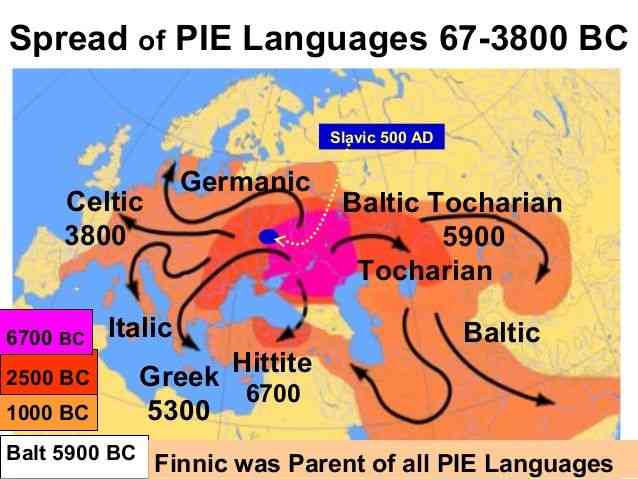
These languages became known to scholars only in the first decade of the twentieth century. These studies were less important for Indo-European studies compared to what the Hittites were, and partly because their testimonies of the Indo-European mother language obscured 2000 years of change and partly because The Tokarian Certificate corresponds well to a certificate previously unknown in Anatolia languages.
8. Celtic language
Celtic languages were spoken in the past centuries before the common era (also called the Christian era) over a wide area of Europe, from Spain and Britain to the Balkans, with one group (Galatians) even in Asia Minor, very little remains of Celtic at that time And the centuries that followed, and this branch is known almost entirely from isolated Celtic languages - Irish, Welsh, etc. - that are spoken in and near the British Isles, as recorded from the eighth century AD.
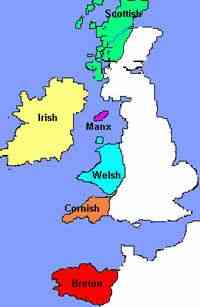
9. Balto-Slavic language
The grouping of the Baltic and Slavic Sea into one branch is somewhat controversial, but the exclusive common features outweigh the differences. At the beginning of the common era, the Baltic and Slavic tribes occupied a large area of eastern Europe, eastern Germanic tribes, and northern Iranians, including most of present-day Poland and Belarus. Ukraine and the far west of Russia, the Slavic region was mostly relatively small, and perhaps concentrated in what is now southern Poland.
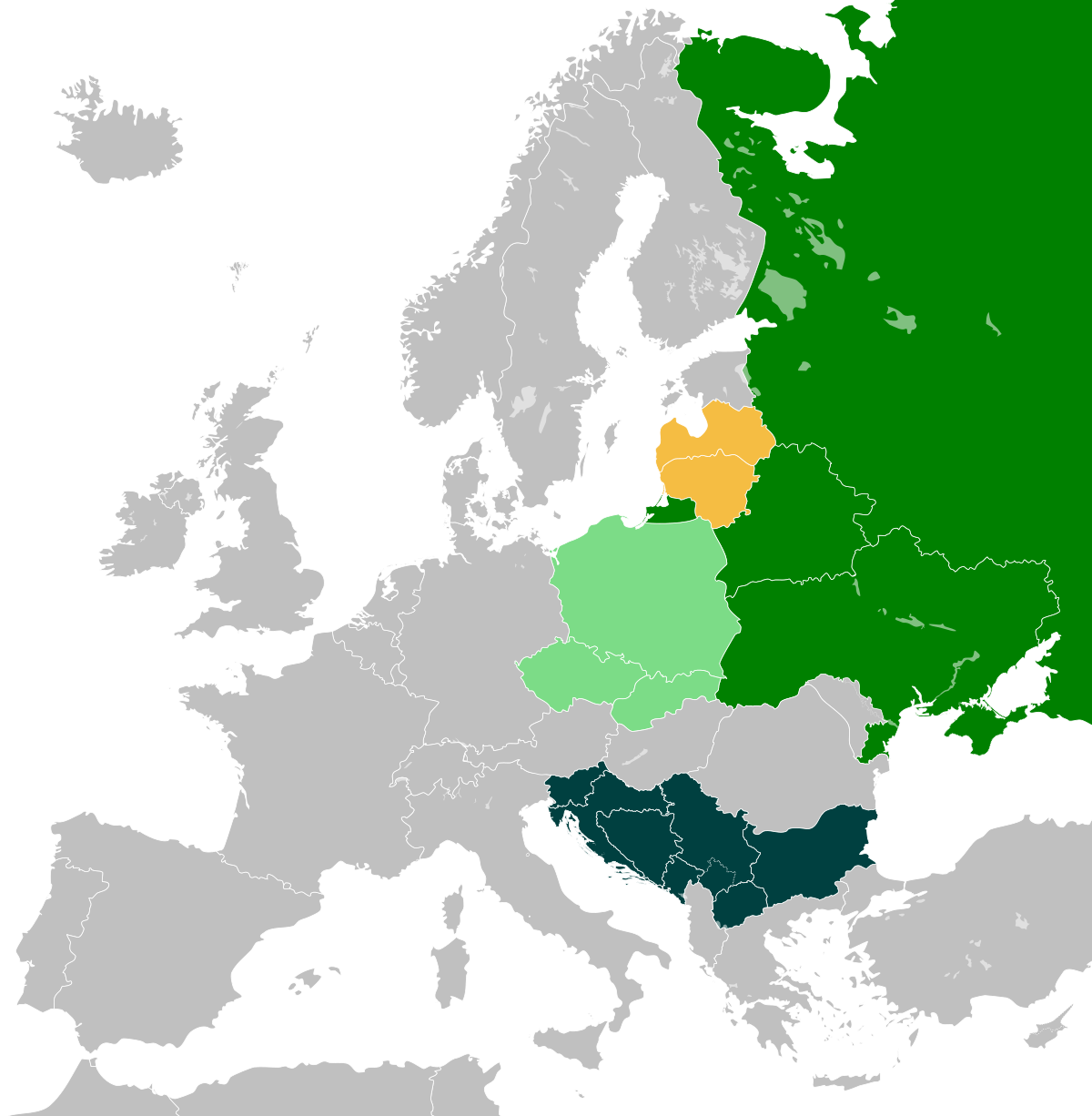
- But in the fifth century AD, the Slavs began to expand in all directions, by the end of the twentieth century, Slavic languages were spoken in most parts of Eastern Europe and North Asia, but the Baltic-speaking region shrank, and by the end of the twentieth century the Baltic languages were confined to Lithuania and Latvia.
- The history of the oldest Slavic texts, written in a dialect called the Old Slavic Church, dates back to the ninth century AD, and the history of the most important ancient materials in the Baltic Sea dates back to the end of the fourteenth century, and the oldest texts associated with the sixteenth century.
10.Albanian language
The Albanian language, the language of the current Republic of Albania, has been known since the 15th century AD, presumably continuing in one of the poorly known ancient Indo-European languages on the Balkan Peninsula, but not a clear one.
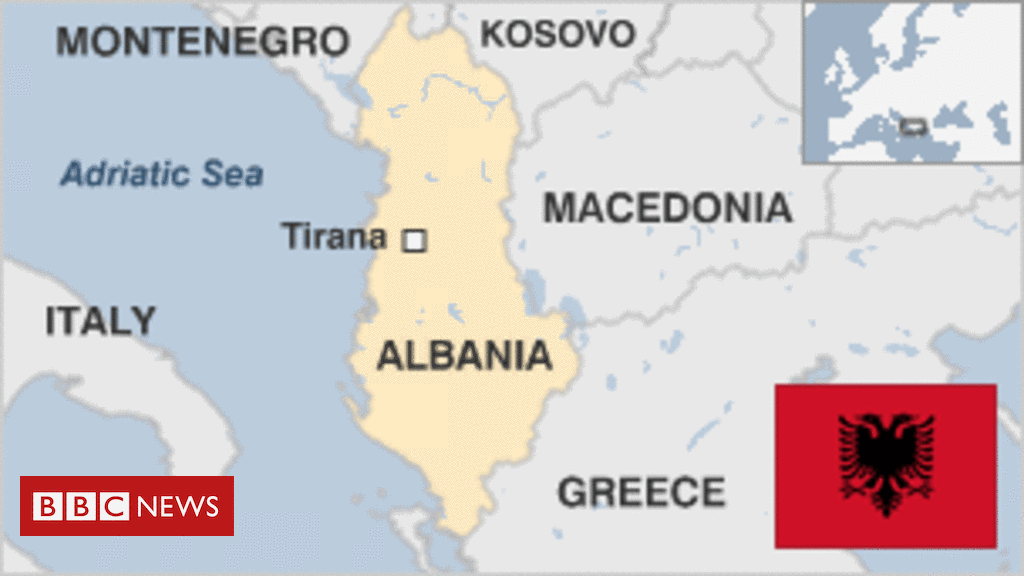
Discover the linguistic family of Indo-European peoples:-
The discovery of these languages is considered one of the greatest discoveries of modern science that began with linguistics in the late seventeenth century with the British judge William Jones who lived in India, and was the first to suggest the possibility of an Indo-European civilization in 1786 AD. His theory is based on the fact that different languages of each Eurasia show sufficient basic similarities to prove that they all descended from the same mother tongue a very long time ago.
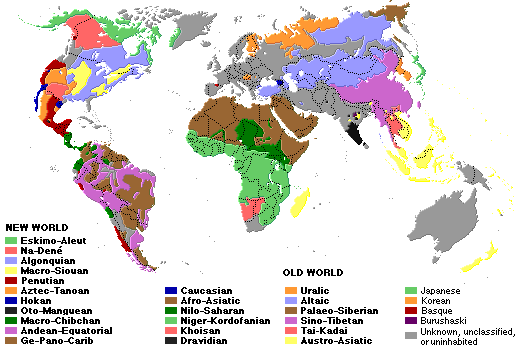
And when Jones's successors began their research from this point, conclusive evidence began to appear, so they were able to show the vocabulary and similar rules among foreign languages, especially the older languages such as Latin, Greek, and Sanskrit, the language in which the ancient Indian texts were written (The Vedas), and the careful analysis of these texts showed a strong similarity Between Sanskrit and Greek and Latin languages.
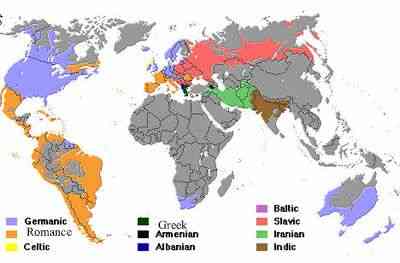
The results of this theory were particularly explosive for Europeans in the nineteenth century. The existence of a lost old common language assumes a historical existence of a shared civilization. According to anthropologists, cultural unity is often accompanied by linguistic unity, and just as the Europeans spread greatly on Earth, their civilization spread with them, and the researchers found a remarkable similarity in the basic elements of the Indo-European civilizations, and despite the differences of religions, governments and the formation of families between them, all of these peoples The same origin and cultural framework.
Here is Some Songs About Indo-European Languages :-
Thank You For Reading The Article, I Hope You had Enjoyed, Subscribe To Our Author's Page, Thank You.
-EnRi

